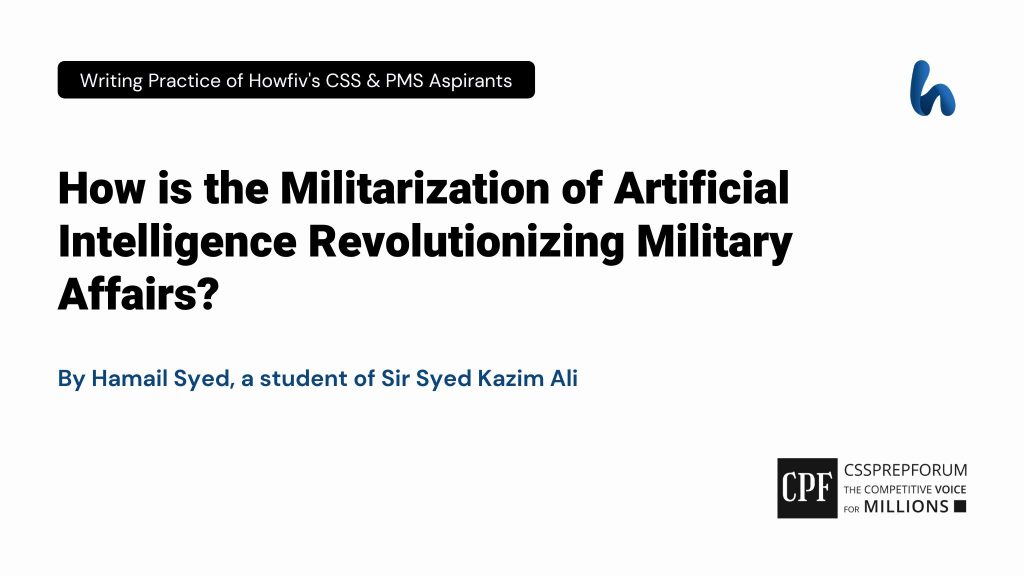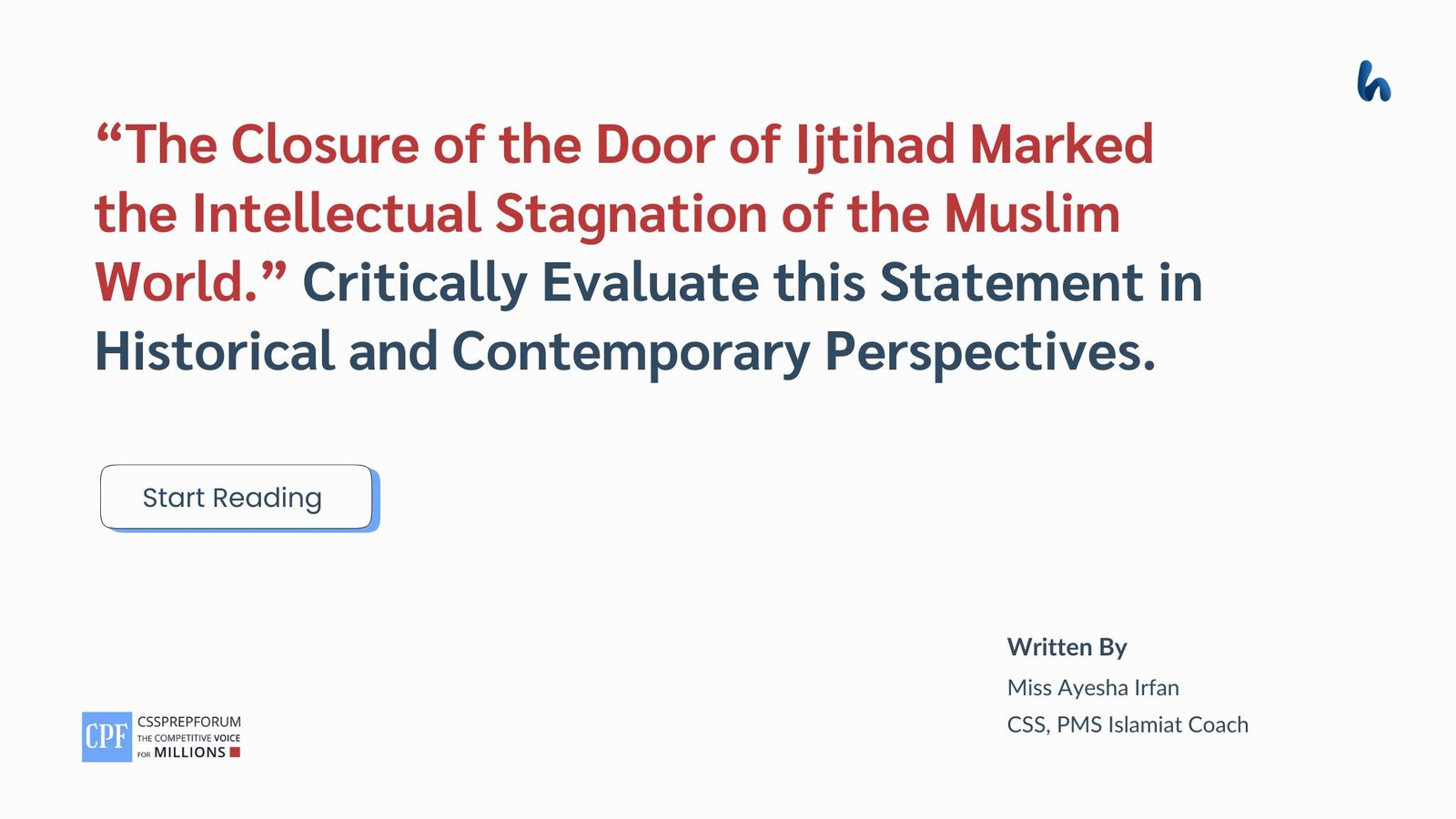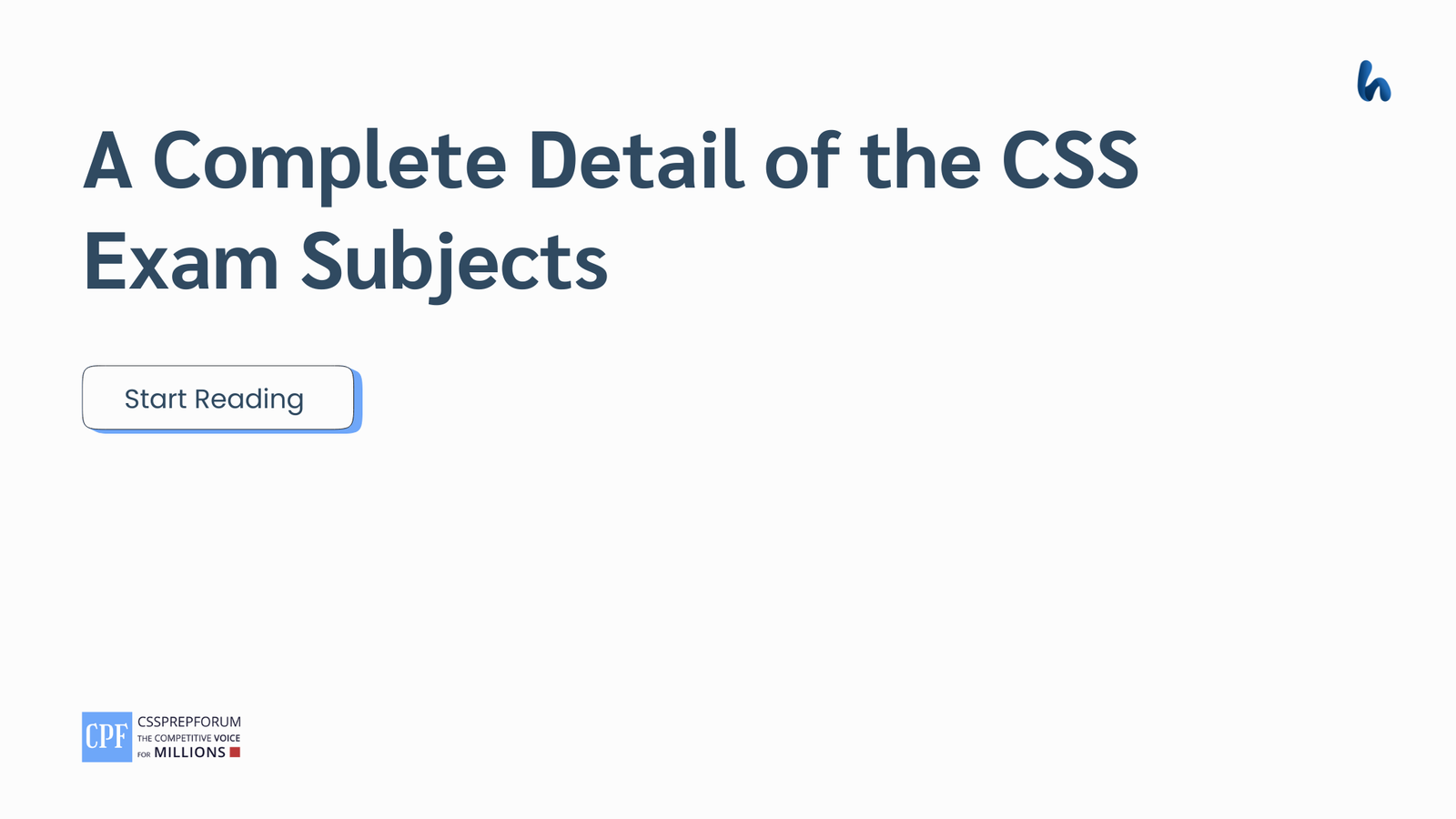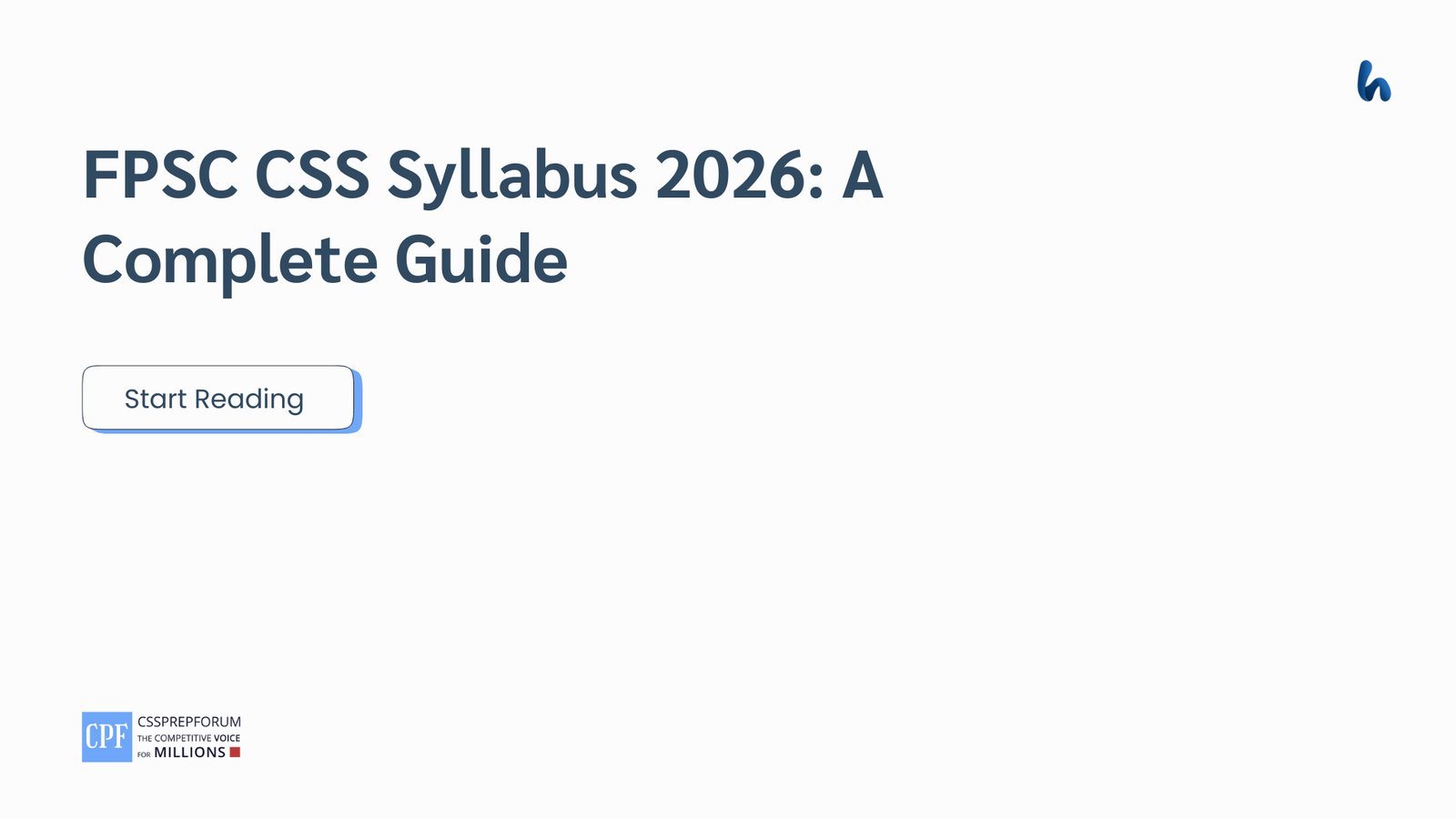Militarization of AI Revolutionizing Military Affairs | Daily Writeups | Opinions
The article is written by Hamail Syed, a student of Sir Syed Kazim Ali.

Outline
1- Introduction
2- Debunking the term “Artificial Intelligence (AI)”
3- Understanding the term militarization of AI
4- AI revolutionizes military affairs by upgrading weapon and defence systems.
- ✓Invention of military robots
- ✓Modification in military armor
- ✓Creation of autonomous weapon systems
- ✓Improvements in cybersecurity
- ✓Advancement in drone technology
5- Case studies
- ✓Militarization of AI by China
- ✓Militarization of AI by India
6- Benefits of using AI in military affairs
- ✓Safety for soldiers
- ✓Reduced human labor
- ✓Improved decision-making
7- Detriments of using AI in military affairs
- ✓Security threats
- ✓Ethical concerns
- ✓Unpredictability
8- Recommendations to promote responsible use of AI-powered weapons
- ✓A code of conduct should be adopted to use AI-powered weapons.
- ✓It is vital to develop a robust legal framework that observes the militarization of artificial intelligence before it is beyond the international community’s control.
- ✓The responsible use of AI-powered weapons should be required.
9- Critical Analysis
10- Conclusion

Answer to the Question
Introduction
The integration of AI in the military has transformed armed forces and their operating skills in warfare. From military robots and advanced armour systems to autonomous weapons and drone technology, AI has exceptional capabilities and reshapes the battlefield. Moreover, in today’s era, militaries around the world scramble to get their hands on more and more AI-powered weapons. For this reason, countries like the US, Russia, and China invest heavily in the militarization of artificial intelligence to gain a strategic advantage and solidify their defences. In addition, unquestionably, AI has improved military capabilities; however, it also has the potential to undermine international peace and security by raising concerns about the responsible use of technology, accelerating the pace of armed conflict, and loosening human control over the means of war. Therefore, a code of conduct should be adopted to govern the use of AI-powered weapons.
Debunking the term “Artificial Intelligence (AI)”
Delving into the definition of artificial intelligence (AI), the United States Department of Defense has defined AI as “the ability of machines to perform tasks that require human intelligence, such as recognizing patterns, learning from experience, drawing conclusions, and making predictions.” Generally, AI refers to the simulation of human intelligence in machines that are programmed to think and act like humans. Maps, navigation, and chatbots are some examples of AI. Furthermore, the development of artificial intelligence (AI) is based on the four main elements that are mentioned below, which make AI replace humans in almost every field, thus revolutionizing the world.
- Deep learning technology
- Big data
- Computing power
- Algorithms.
Understanding the term “militarization of AI.”
To add on, it is pertinent to understand the term militarization of AI. As AI is incorporated into every field of life, it has also become part of military affairs, revolutionising military capabilities worldwide. Moreover, militarising AI means using AI in military and warfare contexts, like autonomous weapons and cyber warfare. Therefore, military affairs have become more advanced due to AI technology.
AI revolutionizes military affairs by upgrading weapon and defence systems.
To continue, AI has undoubtedly emerged as a game-changing technology with the potential to revolutionize military and warfare. Here, the light has been shed on the invention of AI-powered military weapons that have revolutionized military affairs.
Invention of military robots
To begin with, one of the most advanced uses of AI in the military field is military robots. Basically, these are autonomous machines that are designed to carry out tasks in the military, like reconnaissance, surveillance, and combat operations. Moreover, these robots are equipped with AI algorithms to make decisions, analyze data, and complete operations with efficiency. For instance, many countries, such as the US and China, invest heavily in military robots to gain a strategic advantage on the battlefield. Hence, military robots are a glaring example of AI technology in the military.
Modification in military armour
Apart from military robots, AI also transforms military armour. Military armour integrates AI technologies to improve protection, awareness, and combat effectiveness. Additionally, AI-powered military armour is designed in such a way that it changes battlefield conditions, making soldiers more agile and resilient. It efficiently detects and neutralizes threats, enhances communication capabilities, and provides information to commanders and troops on the ground. Thus, this cutting-edge AI technology revolutionizes soldier survival and combat effectiveness.
Creation of autonomous weapon systems
Next, autonomous AI weapon systems are the result of AI technology. They are designed to select and engage targets, making decisions without direct human assistance. Furthermore, the main advantage of this system is that it can analyze large amounts of data in real-time, which enables the state to make rapid decisions on the battlefield. For example, the Australian military has contracted GaardTech to supply Jaeger-C unmanned vehicles that contain anti-tank and anti-personnel capabilities. Basically, these vehicles are bulletproof, swarming attack robots that can replace humans proficiently. In short, this technology can potentially revolutionize military affairs as it can operate with greater speed and precision than humans.
Improvements in cybersecurity
In addition, the role of AI in cyber security and information warfare has expanded rapidly as military operations become more digitalized and interconnected. Al-powered cyber security systems monitor networks and identify anomalous activities or cyber threats. For instance, AI assists in identifying vulnerabilities in military networks and systems. These vulnerabilities include insider threats, malware and intrusion detection, and software vulnerabilities. Further, it helps intelligent agencies stay ahead of adversaries, anticipate their actions, and formulate effective strategies. Therefore, this proactive approach helps strengthen a country’s defence.
Advancement in drone technology
In succession, drones, also known as unmanned aerial vehicles (UAVs), have become a key component of modern military operations. AI algorithms have advanced drone technology. These algorithms enable the drones to identify targets and conduct surveillance missions with a high level of precision. For instance, autonomous drones can be used to monitor the territory and a squad of soldiers, making sure enemy reinforcements are not planning to attack them by surprise. In a nutshell, by leveraging AI, drones have become valuable assets for enhancing military intelligence capabilities.
Case studies
After highlighting the proficient use of AI-powered weapons that have changed the military dynamics in the world, it is vital to enlighten the efforts of some countries that are indulged in the militarization of AI. A case study of some countries that focus on the militarization of AI is discussed below.
Militarization of AI by China
As discussed above, AI has revolutionized military affairs by upgrading weapons and making the defence of a state strong. So, every country in the world is in the race to enhance its military might through the militarization of AI. China is a glaring example, as it has made significant developments in the field of artificial intelligence. Undoubtedly, China views AI development as a cornerstone of its excellence in emerging technologies. Verily, Beijing has given more priority to AI, as is evident from the fact that it has established two institutes, namely the Artificial Intelligence Research Centre (AIRC) and the Unmanned Systems Research Centre (USRC), in 2018. Furthermore, China has introduced advanced unmanned combat aerial vehicles. For example, BZK-005 (Sea Eagle), GJ-1, GJ-2, and Soaring Dragon. In short, Beijing focuses on the militarization of AI to gain a strategic advantage on the battlefield.
Militarization of AI by India
Like China, India also wants to strengthen its defence; for this reason, it has made significant efforts. For instance, New Delhi constituted a High-Level Defense AI Council (DAIC) in 2019. The establishment of DAIC aims to develop an organization that can facilitate the integration of AI into the defence strategy of the Indian armed forces. Moreover, the Center for Artificial Intelligence and Robotics (CAIR) has developed an advanced robot that can identify wear and tear on combat aircraft, according to the Indian Ministry of Defense. Besides local production, India has also contracted with other countries to transfer AI-powered weapons to New Delhi. According to the research article Militarization of AI and Future of Arms Control in South Asia by Amna Rafiq, “Israel Aerospace Industries (IAI) signed a memorandum of understanding (MOU) with Hindustan Aeronautics Limited (HAL) in 2019. The main objective of this strategic partnership is the transfer of local technologies and the provision of 100 Heron TPUAVs to India.” These facts indicate that India aims to invest in the military use of AI technology to survive in a disorderly environment. In summary, New Delhi is racing to upgrade its military power through artificial intelligence.
Benefits of using AI in military affairs
Now, focusing attention on the pros and cons of using AI in military divisions, as the use of artificial intelligence rapidly increases in people’s daily lives, the military divisions also implement AI on the battlefield to observe, defend, and attack. Here, the light has been shed on the benefits of using AI in military affairs; some of the benefits of the militarization of AI are discussed below.
Safety for soldiers
First, safety for soldiers on the battlefield is one of the blessings of the militarization of AI. Now, humans can handle dangerous tasks by using AI to protect themselves. For example, tactical ground robots can navigate the terrain and handle explosives that can harm personnel in combat. Hence, the militarization of AI ensures human safety.
Reduced human labor
Second, AI can reduce risks for soldiers by reducing human labour. Certainly, war can put stress on humans, and soldiers can become fatigued, therefore impairing their ability to focus and perform effectively. This can lead to human error and result in significant injuries or even defeat. However, with the help of AI, soldiers can utilize their time and energy in a better way. For instance, rather than driving combat vehicles or flying aircraft, drones and robots can be used in war. Thus, AI can significantly reduce the risk of injury and increase the chances of mission success.
Improved decision-making
Third, improved decision-making is another fruit of using AI. With the assistance of AI, the chances of mistakes are reduced, as artificial intelligence can do more accurate data analysis that can help better target opponents. For instance, AI-powered technologies are utilized to identify and communicate risks or threats that may occur. Furthermore, these technologies can more accurately determine objects in the distance, hence providing an advantage in preparing for an attack.
Detriments of using AI in military affairs
On the flip side, AI has many disadvantages due to the potential risks and dangers that can arise due to the militarization of AI, thereby disrupting international peace and security.
Security threats
Highlighting the cons of the militarization of AI, security threats are a major concern with AI use in military affairs. In addition, there is a potential for AI to be hacked or manipulated by adversaries. If these systems are hacked, sensitive information may be stolen, which can pose a threat to the security of a state. In short, apart from solidifying the defence of a country, AI also has the potential to raise security threats for a state.
Ethical concerns
In addition, the integration of AI, particularly in military robots, is a topic that sparks ethical concerns. As robots are capable of performing tasks more efficiently and precisely than humans, there is a potential for one side to have an unfair advantage, which leads to the replacement of human soldiers with machines. As a result, wars can be fought between robots, raising ethical questions about the morality of warfare.
Unpredictability
Another issue arising from the militarization of AI is its unpredictability. This concern has become more significant as AI technologies carry out tasks autonomously. If AI malfunctions, innocent civilians could be harmed. Furthermore, granting machines a mind of their own may lead to unforeseen consequences; therefore, the use of AI in the military division can put the stability of the world in danger.
Recommendations to promote responsible use of AI-powered weapons
- A code of conduct should be adopted to govern the use of AI-powered weapons.
- It is vital to develop a robust legal framework that observes the militarization of artificial intelligence before it is beyond the control of the international community.
- The responsible use of AI-powered weapons should be required.
Critical Analysis
Critically, the militarization of AI has become a vital defensive tool. That is why countries around the world are trying to invest a hefty amount in incorporating AI technology into their military divisions. The United States, Russia, China, France, Japan, India, etc., are indulged in acquiring AI-powered military weapons. Focusing on Pakistan, the country is also trying to make efforts for the development of AI in the military field to survive in the anarchic world, but unfortunately, the military applications of AI in Pakistan are limited. Further, some contributions of Islamabad in the militarization of AI are discussed here. For instance, the Pakistan Navy has recently inducted state-of-the-art tactical unmanned aerial vehicles (UAVs) along with maritime patrol aircraft with the aim of enhancing its capabilities. Further, “In 2019, Pakistan launched an advanced military armed drone, which was an upgraded version of the previously launched Burraq. This locally manufactured military combat drone has the capability to destroy the target from an altitude of 15000 feet,” according to the research article “Militarization of AI and Future of Arms Control in South Asia” by Amna Rafiq. This fact highlights that Pakistan is slowly developing its AI-powered military weapons. To sum up, Pakistan also follows the footprints of other countries by putting efforts into the militarization of AI to revolutionize its military field, yet the state needs more efforts to solidify its defence through this cutting-edge technology to counter the threats of neighbouring states like India.
Conclusion
Conclusively, the militarization of AI and computing has changed the dynamic of warfare. Indeed, it has revolutionized the weapon and defence systems in military divisions. Military robots, autonomous weapon systems, and drones not only improve the defence of a state but also reduce human involvement in war and conflict. This technology can have serious implications for global peace and security, putting the lives of innocent people in danger. Furthermore, militaries around the world struggle hard to attain AI-powered weapons; China and India are glaring examples of this. Focusing on Pakistan, the state is also incorporating AI technology into its military affairs to strengthen its defence. In addition, like every technology, the militarization of AI also has many pros and cons; it can improve human safety and provide improved decision-making. On the other hand, security threats and ethical concerns are the disadvantages of the militarization of Al. Therefore, responsible use of AI technology is required to maintain global peace.

CSS Solved Past Papers’ Essays
Looking for the last ten years of CSS and PMS Solved Essays and want to know how Sir Kazim’s students write and score the highest marks in the essays’ papers? Then, click on the CSS Solved Essays to start reading them.
CSS Solved Essays
CSS Solved General Science & Ability Past Papers
Want to read the last ten years’ General Science & Ability Solved Past Papers to learn how to attempt them and to score high? Let’s click on the link below to read them all freely. All past papers have been solved by Miss Iqra Ali & Dr Nishat Baloch, Pakistan’s top CSS GSA coach having the highest score of their students. General Science & Ability Solved Past Papers












